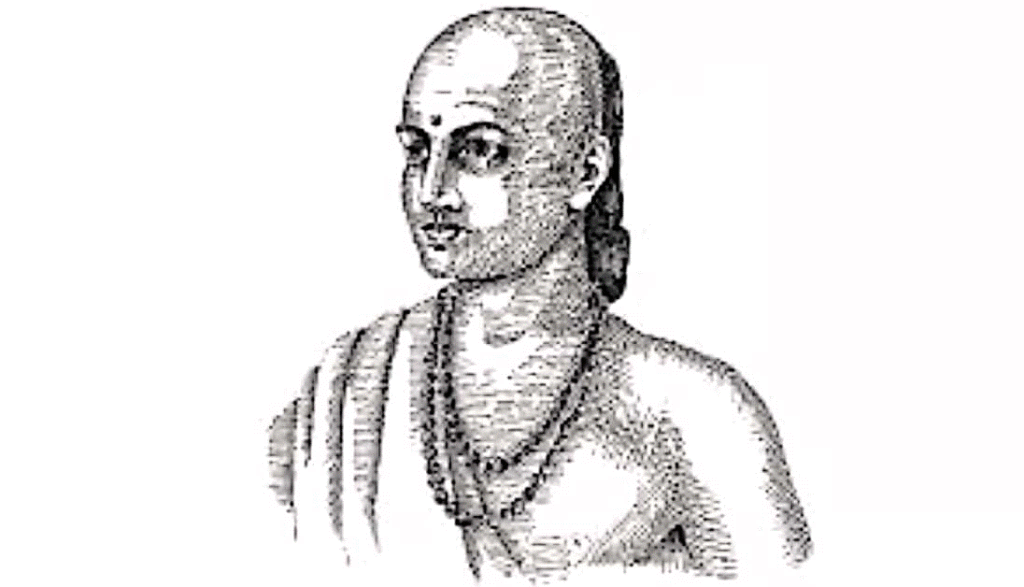Most intelligent mathematician in history of india
Indian Mathematicians’ history India has a rich history of mathematics dating back to ancient times. In fact, many of the fundamental concepts in mathematics were first discovered and developed in India. Here are some of the most important Indian mathematicians and their contributions: Aryabhata: Aryabhata was a mathematician and astronomer who lived in the […]
Most intelligent mathematician in history of india Read More »





